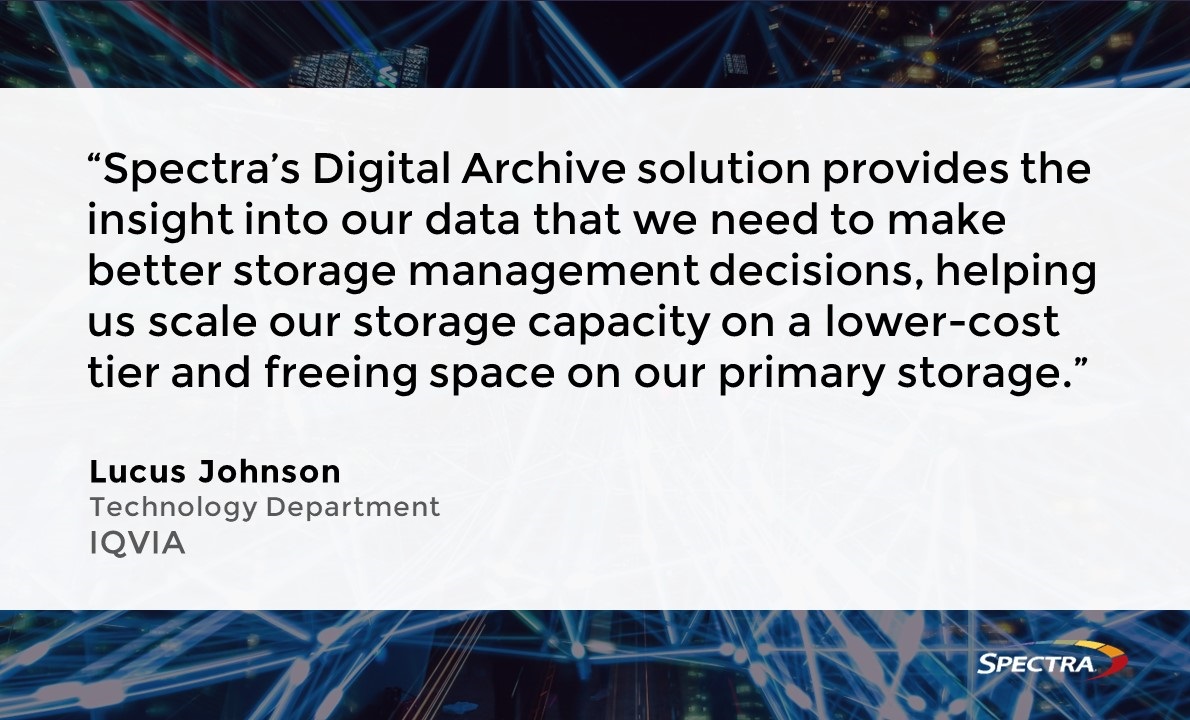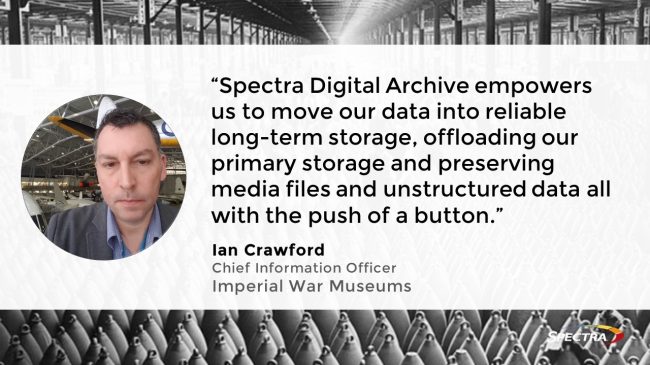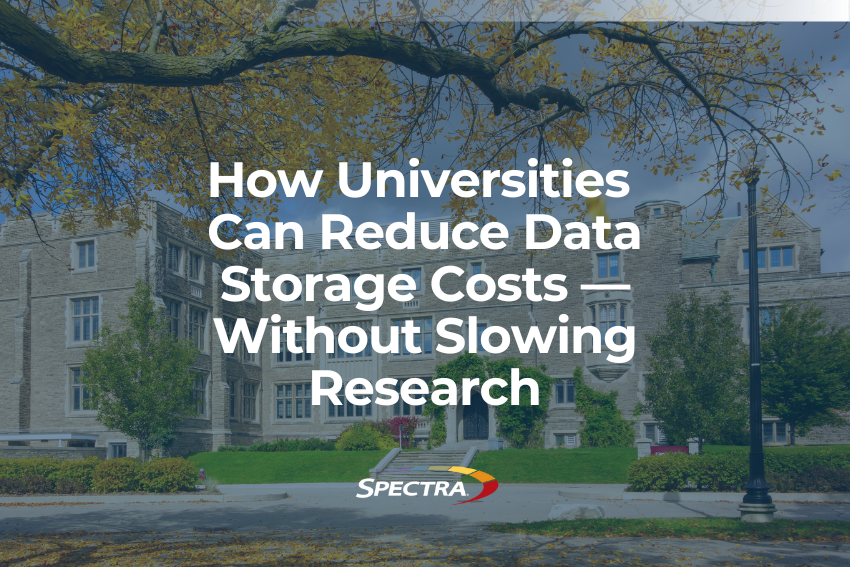
By Deanna Hoover
Director of Product Marketing, Spectra Logic
The exponential increase in data generation and storage has been outlined in numerous global studies, with some indicating data growth rates as high as 35% per annum. This proliferation of data has necessitated effective and efficient data management strategies. When it comes to handling growing data, one key aspect of data management has been archiving, which involves preserving data in a long-term storage system for future use. Not surprisingly, a recent report by Solutions North Consulting has stipulated that there will be up to six times more data stored in data archives than in primary storage by 2030.[1]
Modern digital archive technology brings about notable advancements in data management. It offers several benefits, including software features that automate data movement based on user-defined criteria, S3-compatibility for on-prem object-based storage, and the continuous advancement of tape capacity and reliability.
Modern Digital Archive Use Cases
Modern digital archives are versatile and can cater to various use cases. They are widely used in research, media and entertainment, and for ransomware resiliency. This blog explores digital archive use cases and how this technology enables organizations to overcome challenges associated with large data set management.
Digital Archiving in Research
In high-performance computing, digital archiving accelerates scientific discovery by optimizing data storage workflows. It also maximizes the future utilization of research data by moving completed projects to a high-reliability long-term repository. This not only frees up valuable storage space on primary systems but also ensures that important data is preserved for future reference or analysis.
Check out this case study to see how IQVIA enables modern data science advancements by capturing global healthcare datasets with the help of Spectra Digital Archive.

Digital Archiving in Media and Entertainment
In the media and entertainment industry, digital archiving optimizes production workflows by offloading unmanaged assets from primary storage. It provides local access to large content files and raw footage that may not be needed until it’s time to conform proxies and mezzanine copies for final delivery. A digital archive also maximizes the future utilization and monetization of digital assets by preserving content in a secure, persistent archive.
Check out this case study to see how the Imperial War Museums preserves over 750,000 digital assets, with multiple copies to keep data safe, storing nearly five petabytes in their Spectra Digital Archive solution.

Ransomware Resiliency
Digital archiving can play a critical role in mitigating the risks associated with ransomware. By moving less used data off primary storage to locations where it can be protected and air-gapped, organizations can significantly reduce their vulnerability to ransomware attacks. Digital archiving ensures a ‘golden’ copy of data is safe and optimizes recovery by distinguishing between critical data for fast recovery and less frequently accessed data sets.
Conclusion
In the era of big data, effective and efficient data management has become crucial for organizations. A digital archive plays a significant role, offering a viable solution for managing large datasets. By leveraging modern digital archiving technology, organizations can overcome challenges associated with large data set management, optimize data storage costs, and enhance data security. With diverse use cases and advantages, digital archiving emerges as a strategic initiative for data-intensive organizations.
Contact us today to discuss your digital archive strategy with a Spectra expert.
[1] “Data Economics, LTO-9 Technology Optimizing Data Value,” Solutions North Consulting






